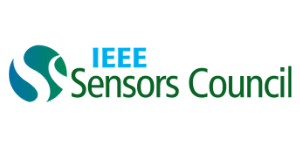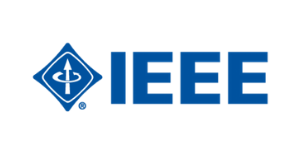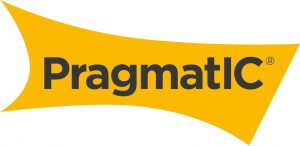3D-printing: from technology to applications.
3D printing (considered by many as a transformative technology) and has been receiving significant attention in the scientific literature and the popular press. Over the last several years, 3D printing has generated exciting business opportunities, interests, and prospects.
Flexible Printed Piezoelectric Sensors: A Path Towards Low Cost Sensing
Among different types of sensors, piezoelectric sensors are of great interest due to their high sensitivity, long lifetime and fast response time. Some types of piezoelectric sensors have the ability to work in wired and wireless modes.
Manufacturing Technologies for Printed Sensors, Devices, and Systems
Printing technologies are aiding and revolutionizing the burgeoning field of flexible/bendable/stretchable sensors and electronics by providing cost-effective routes for processing diverse electronic materials at temperatures that are compatible with plastic and wood-based substrates.
Gas Sensors based on Organic Conducting Polymers
Conducting polymers are highly suitable as sensing materials for different gases, with their earliest application dating back to the 1980s. This tutorial discusses chemical sensors based on chemical modulation of electronic properties of conducting polymers resulting from their interaction with gases.
Aerosol jet printing with nanomaterial-based inks: A path towards recyclable, print-in-place electronics
For decades we’ve been hearing about the promise of printing electronics directly onto any surface. However, despite significant progress in the development of inks and printing processes, reports on fully, direct-write printed electronics continue to rely on excessive thermal treatments and/or fabrication processes that are external from the printer.
Inkjet-Printing Technology: From a Droplet to Flexible Sensors, Integrated Circuits and Artificial Tissues
Inkjet printing technology encompasses the generation, control and deposition of 10-100 um liquid drops. Besides graphic printing applications, new opportunities for inkjet printing are starting to be exploited commercially in the manufacture of high value, high precision products.














